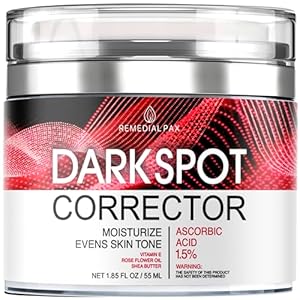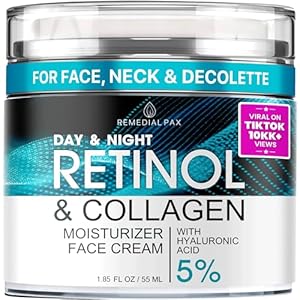
One of the many challenges facing researchers attempting to understand and treat neurodegenerative conditions is that the human brain ages quite differently in comparison to the brains of our nearest neighbor species, the non-human primates. Alzheimer’s disease is almost uniquely a human phenomenon, for example, with only limited evidence for Alzheimer’s-like mechanisms in other primates. If branching out beyond a focus on Alzheimer’s, one can find many aspects of brain aging in humans that are absent or notably different in other primates.
Brain aging is compared between Cercopithecinae (macaques and baboons), non-human Hominidae (chimpanzees, orangutans, and gorillas), and their close relative, humans. β-amyloid deposition in the form of senile plaques (SPs) and cerebral β-amyloid angiopathy (CAA) is a frequent neuropathological change in non-human primate brain aging. SPs are usually diffuse, whereas SPs with dystrophic neurites are rare. Tau pathology, if present, appears later, and it is generally mild or moderate, with rare exceptions in rhesus macaques and chimpanzees. Behavior and cognitive impairment are usually mild or moderate in aged non-human primates.
In contrast, human brain aging is characterized by early tau pathology manifested as neurofibrillary tangles (NFTs), composed of paired helical filaments (PHFs), progressing from the entorhinal cortex, hippocampus, temporal cortex, and limbic system to other brain regions. β-amyloid pathology appears decades later, involves the neocortex, and progresses to the paleocortex, diencephalon, brain stem, and cerebellum. SPs with dystrophic neurites containing PHFs and CAA are common.
Cognitive impairment and dementia of Alzheimer’s type occur in about 1-5% of humans aged 65 and about 25% aged 85. In addition, other proteinopathies, such as limbic-predominant TDP-43 encephalopathy, amygdala-predominant Lewy body disease, and argyrophilic grain disease, primarily affecting the archicortex, paleocortex, and amygdala, are common in aged humans but non-existent in non-human primates. These observations show that human brain aging differs from brain aging in non-human primates, and humans constitute the exception among primates in terms of severity and extent of brain aging damage.
Trending Products











